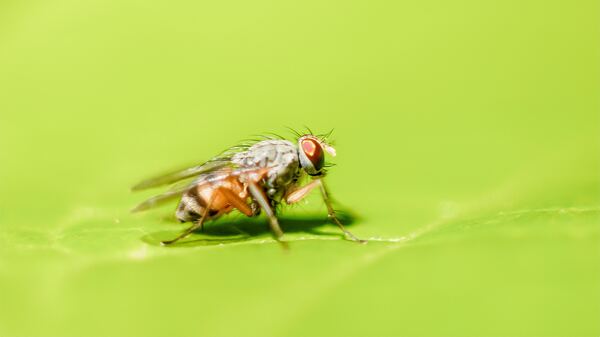Effects of Wi-Fi EMF on Drosophila melanogaster
(1) Anand Homeschool, Pittsburgh, Pennsylvania
https://doi.org/10.59720/pre-EM
Wi-Fi is commonplace in developed countries, and the number of people exposed to it is increasing. The health effects of Wi-Fi electromagnetic fields (EMF) are not well-documented. This research study engineered an apparatus, a “Box Setup,” to expose fruit flies, Drosophila melanogaster, to three concentrations of Wi-Fi EMF and a control. Wi-Fi EMF exposure produced a statistically significant decrease in the number of total progeny adults, and number of pupae. There was no significant effect on the progeny male:female ratio, nor the adult:pupa ratio. Only the highest Wi-Fi EMF concentration (100%) decreased the number of progeny adults, number of progeny females, and number of pupae; whereas even a low EMF concentration (5%) decreased the number of progeny males. This suggests that male D. melanogaster are more sensitive to Wi-Fi EMF than female D. melanogaster. Further research is needed to identify what aspects of fruit fly biology are affected by Wi-Fi EMF exposure, and why males are more sensitive than females.
This article has been tagged with: